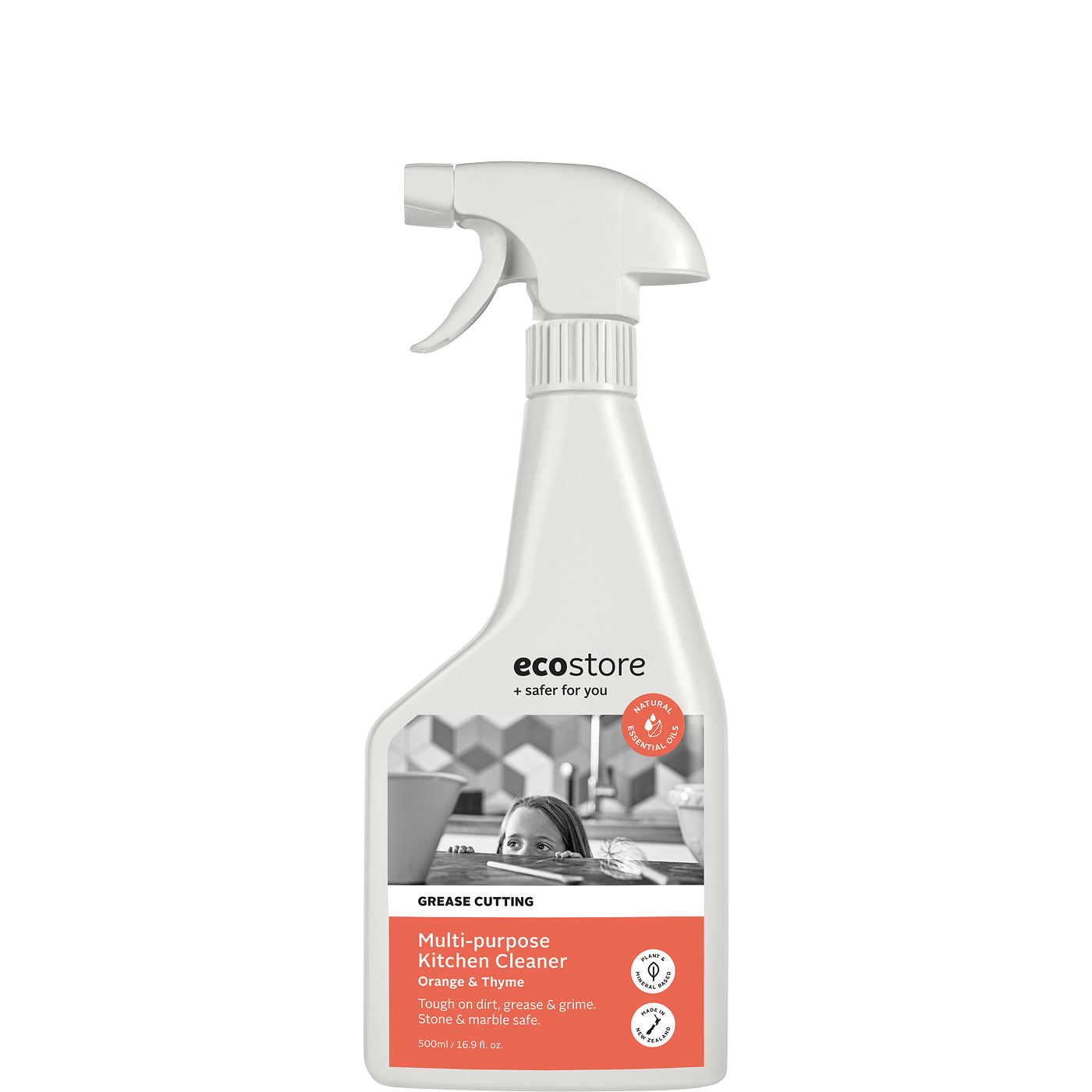Ingredient - Optical Brighteners
Optical brighteners are a type of chemical used to enhance the white or bright appearance of fabrics. They're often used during the manufacturing process of new white or lightly coloured fabrics, and are commonly added to laundry detergents to maintain the appearance of brightness after successive washes. Because optical brighteners are designed to stick to clothes, they end up being in contact with our skin for prolonged periods of time. While currently there's limited evidence that optical brighteners in laundry detergents pose a risk to human health, they're known to be made from non-renewable petrochemicals and can be slow to biodegrade - both of which have environmental consequences. We prefer to leave them out of our products.
‘Optical brighteners’ is a general term for a group of chemicals, also known by other names such as ‘Fluorescent Whitening Agents (FWAs)’. They're used in several industries, including fabrics, laundry detergents, paper, plastics and some cosmetics, and are derived from non-renewable sources such as pyrene (from coal tar). Optical brighteners can be considered as a type of dye, and they work by absorbing UV (ultraviolet) light and reflecting blue light. This makes materials look less yellow to the human eye, and thus appear whiter, brighter and ‘cleaner’.
Regarding the safety of optical brighteners, the current evidence generally points to low risk to human health in this context (some people may have sensitivities), but some environmental impacts that require further study. A 2004 risk assessment by the Human & Environmental Risk Assessment (HERA) Project reviewed optical brightener ‘Fluorescent Brightener FWA-1’ in household laundry products and concluded it was safe for consumers. An equivalent assessment was undertaken for ‘Fluorescent Brightener FWA-5’, reaching a similar conclusion. Looking at the environmental impacts, both of these optical brighteners are listed by the European Chemical Agency (ECHA) as ‘not readily biodegradable’, with low potential for bioaccumulation but ‘acute’ or ‘inconclusive’ aquatic toxicity. Given these known and potential impacts, we prefer to leave optical brighteners out of our products.
Other names: Optical Brightening Agents (OBAs), Optical Whiteners, Fluorescent Brightening Agents, Fluorescent Brighteners, Fluorescent Optical Brighteners, Fluorescent Whitening Agents (FWAs), Fluorescent White Dyes, Organic Fluorescent Dyes
Chemical class: Colour Additives - Miscelaneous
Chemical structure depicted: Fluorescent brightener 71 and Fluorescent brightener 351
REFERENCES
James Burckett St. Laurent, Francesco de Buzzaccarini, Karen De Clerck, Hugo Demeyere, Regine Labeque, Rainer Lodewick, Lieva van Langenhove, B.1.I - Laundry Cleaning of Textiles, Editor(s): Ingegärd Johansson, P. Somasundaran, Handbook for Cleaning/Decontamination of Surfaces, Elsevier Science B.V., 2007, Pages 57-102, ISBN 9780444516640, https://doi.org/10.1016/B978-044451664-0/50003-6.
I. Mangas, E. Vilanova, Pyrene, Editor(s): Philip Wexler, Encyclopedia of Toxicology (Third Edition), Academic Press, 2014, Pages 1147-1151, ISBN 9780123864550, https://doi.org/10.1016/B978-0-12-386454-3.00535-2.
HERA. (2004). Human & Environmental Risk Assessment on ingredients of European household cleaning products. Substance: Fluorescent Brightener FWA-1 (CAS 16090-02-1). https://www.heraproject.com/files/23-F-04-HERA-FWA1(Version%203_1%20).pdf
HERA. (2003). Human & Environmental Risk Assessment on ingredients of European household cleaning products. Substance: Fluorescent Brightener FWA-5 (CAS 27344-41-8). https://www.heraproject.com/files/11-F-04-HERA%20FWA5%20Full%20web%20wd.pdf
European Chemicals Agency (2022). Disodium 4,4'-bis[(4-anilino-6-morpholino-1,3,5-triazin-2-yl)amino]stilbene-2,2'-disulphonate. EC number: 240-245-2 | CAS number: 16090-02-1. https://echa.europa.eu/registration-dossier/-/registered-dossier/14744/1/1
European Chemicals Agency (2022). Disodium 2,2'-([1,1'-biphenyl]-4,4'-diyldivinylene)bis(benzenesulphonate). EC number: 248-421-0 | CAS number: 27344-41-8. https://echa.europa.eu/registration-dossier/-/registered-dossier/13511/5/3/1
https://echa.europa.eu/web/guest/legal-notice
National Center for Biotechnology Information (2022). PubChem Compound Summary for CID 6433657, C.I. Fluorescent brightener 260. https://pubchem.ncbi.nlm.nih.gov/compound/C.I.-Fluorescent-brightener-260
National Center for Biotechnology Information (2022). PubChem Compound Summary for CID 5332133. https://pubchem.ncbi.nlm.nih.gov/compound/5332133
Free shipping on orders over $130
Love me or your money back guarantee
Ingredient - Optical Brighteners






